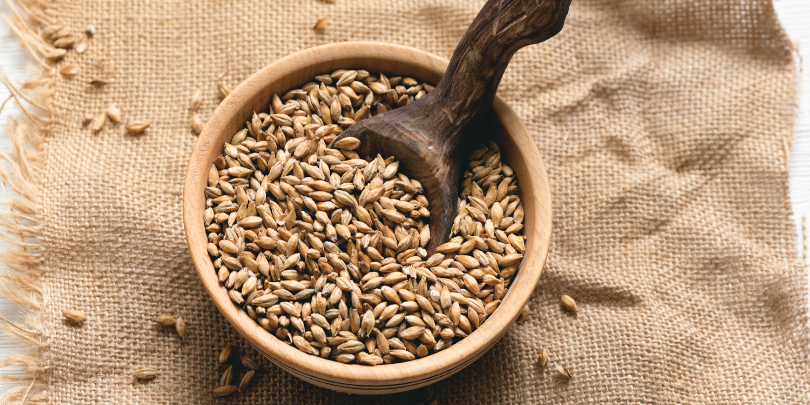
Malting ‘revival’ and provenance discussed at ANHC

Small-scale equipment and provenance are malting trends set to impact the brewing industry, homebrewers were told at last week’s Australian National Homebrewing Conference.
During his presentation, The Malt Renaissance, Voyager Craft Malt founder and director Stuart Whytcross explored the current trends and innovations within the malting industry, which he said are set to be opportunities for both homebrewers and the wider industry.
“If we talk about change, where the malting industry was in Australia, two years, five years or 10 years ago, we see a huge change and a huge shift,” he said.
“It’s something as a brewer, we should all be really excited about the new products that are potentially going to come in the future.”
The idea of innovative and accessible small-scale malting equipment is relatively new, according to Whytcross.
“When we started malting, there was no off-the-shelf, small-scale malting equipment you could just go and buy,” he explained.
“We had a design of our own, and we made plenty of mistakes and made some pretty ordinary malt. Now there’s no less than 14 different manufacturers of small-scale malting equipment.”
While the systems are beneficial for homebrewers, they are also an opportunity for smaller craft breweries to utilise.
“This small-scale malting equipment, not only does it mean less barriers for small craft maltsters but certainly opportunities for breweries to put these systems in,” he said.
“Also the opportunity for large maltsters to be able to expand their product offerings and run some trial batches and those kinds of things.
“I think it’s not unrealistic to think that in the next five years, there’ll be maybe 25 or 30 craft malthouses in Australia which I think is really exciting.
“I’d argue that most craft breweries wouldn’t have to drive more than 100 kilometres to be in a serial production farmland.
“And I think that, if we’ve got more small craft maltsters around, and more small craft malting systems I should say, whether that’s you guys, whether it’s farmers or craft malting businesses, I think it’d only grow for brewing.”
The concepts of provenance and “paddock to pint” are increasingly being discussed amongst brewers and consumers alike. Whytcross explained there’s still a long way to go, but opportunities are there for small malthouses.
“I think it enables a wider range of expressions of flavour,” he said.
“We can’t keep up at the moment with the demand for native grains, for perennial grains, for weird and wonderful varieties, and I think if we got more small malting systems out there, that’s only great and more importantly, it allows us to explore terroir and provenance.
“If we’ve got small malthouses establishing and using local grain, malting local grain and supplying local breweries, then I think that’s what’s going to pave the way for this terroir and provenance.
“It’s been argued for a long time that it doesn’t exist in beer and spirits and doesn’t exist in malt. I can tell you 100 per cent it goes, it just hasn’t been given the opportunity to happen.”
He suggested that the way grain is malted in Australia, doesn’t allow to showcase the style of differences between regions.
“It’s a system that works really well to produce a very highly consistent homogeneous product because it takes out any seasonal variances in the regions,” he explained.
“But I think where we’re going to start seeing more of this terroir, and I think what’s really going to showcase provenance is in this space of the revival of lagers.
“For me, to really evaluate malt flavour it’s the lagers and particularly for these nuances and subtleties in variety.
“You can’t get that out of a hazy. You can’t get that out of a stout. It’s these real nice, subtle lagers where you’re able to really evaluate that.”
Whytcross’ presentation mirrored the sentiments of German specialty maltster Weyermen which highlighted the trend at Drinktec last month.



